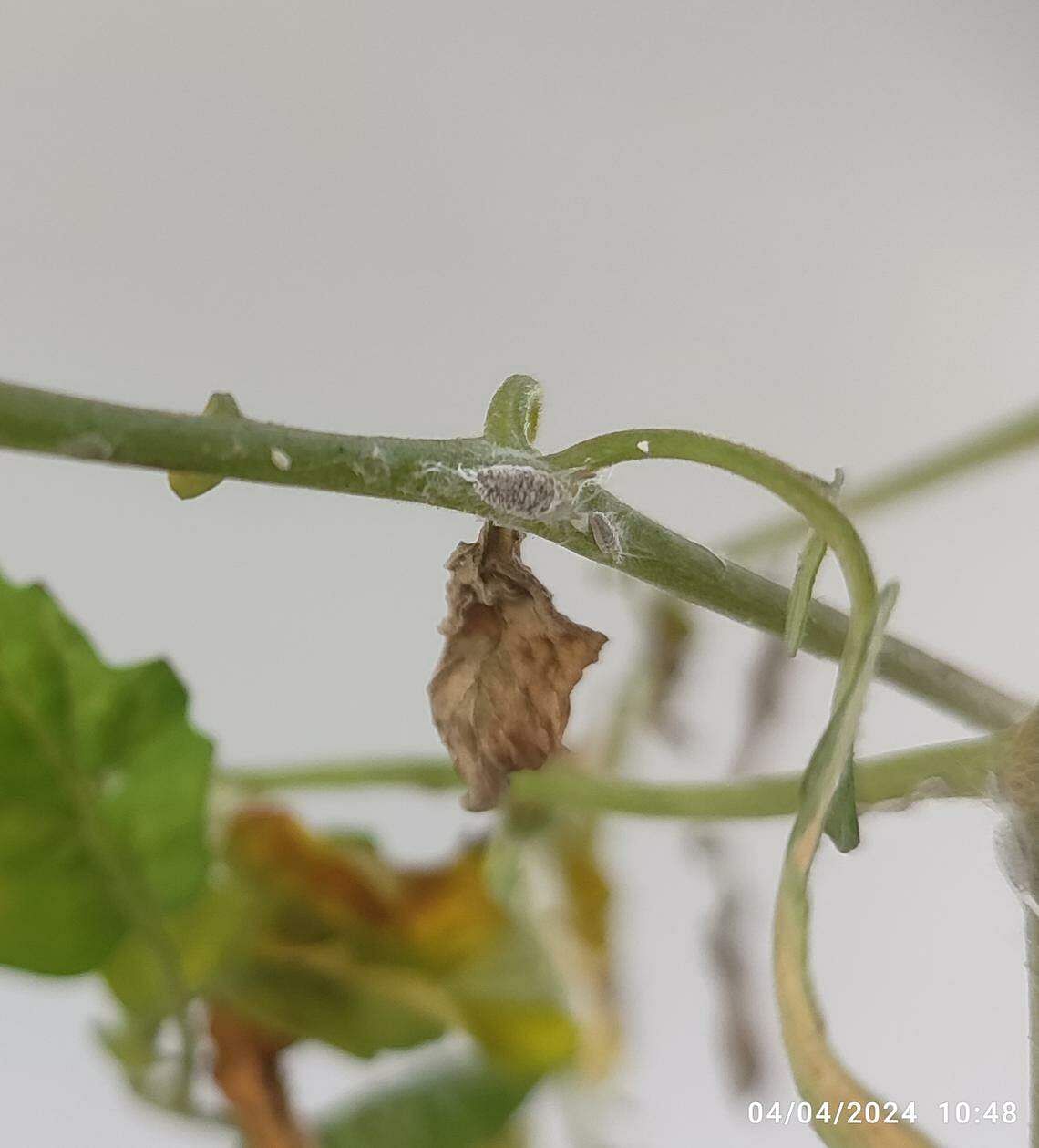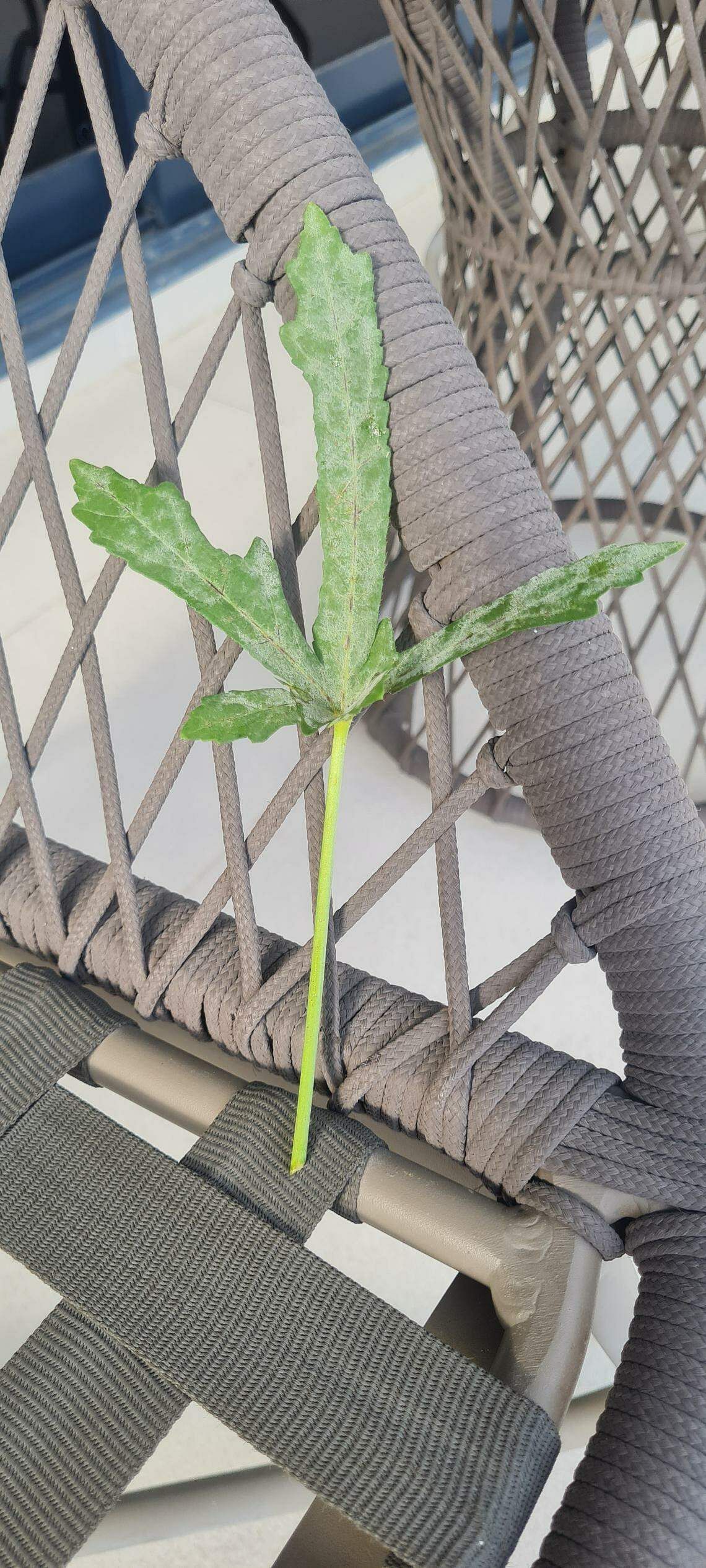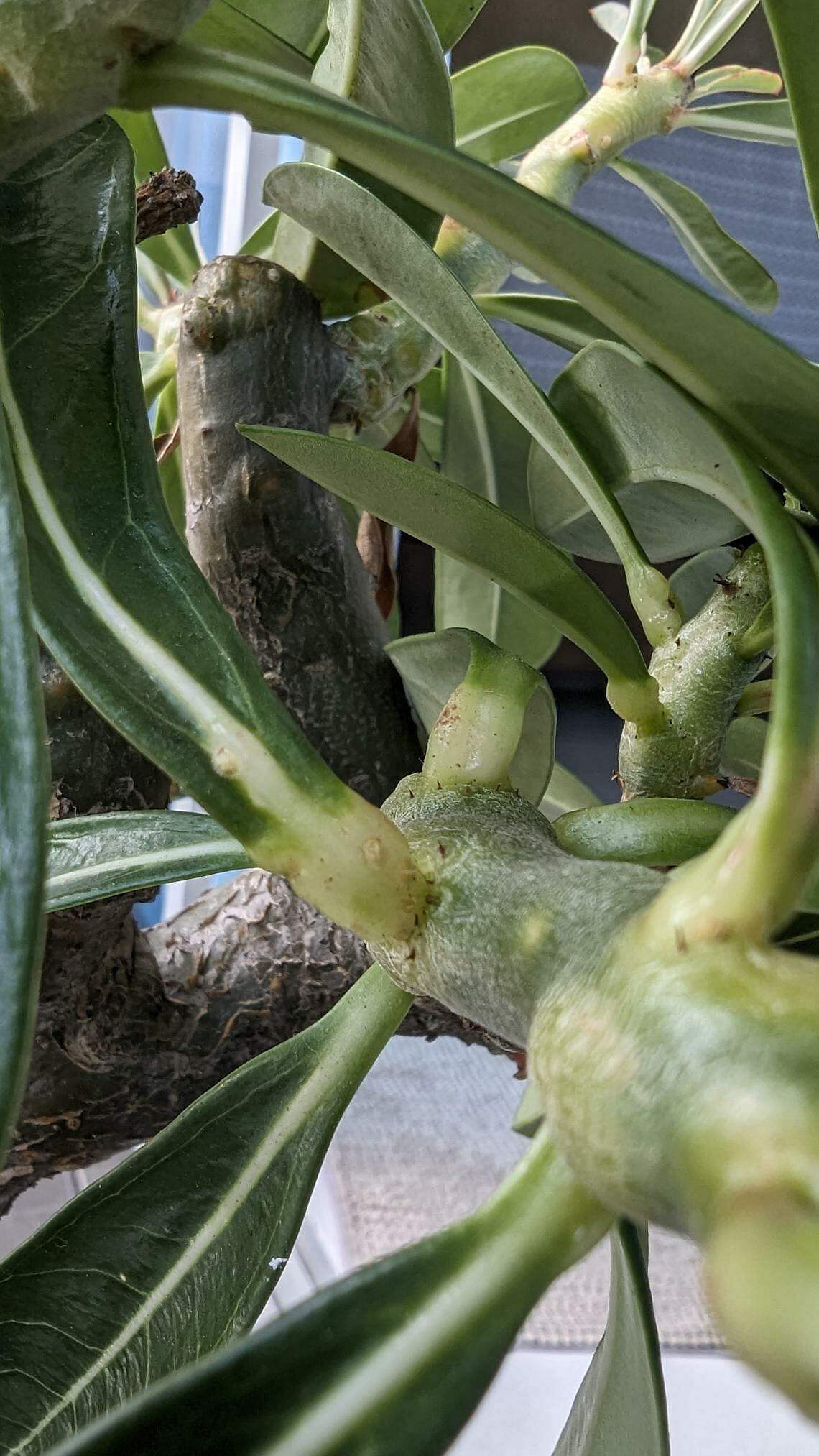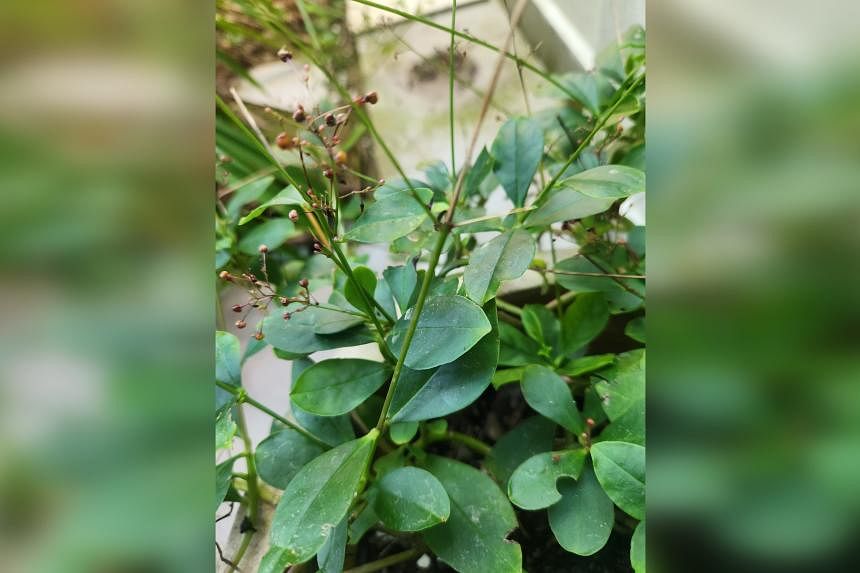Jewels of Opar used in traditional medicine
What is this plant and what are its functions?
Lu Cheok Bee
This plant is Jewels of Opar (Talinum paniculatum). It is often confused with its relative, Talinum triangulare, commonly known as Water Leaf. However, the two plants can be differentiated via the appearance of their flowers.
The leaves of this plant can be cooked and eaten, and have a viscous texture. The plant produces ginseng-like roots underground and is used in traditional medicine.
It thrives in semi-shaded conditions and must be grown in well-draining soil. It rots easily when it experiences wet feet for long periods of time.
Plants are infested with mealy bugs

My brinjal and tomato plants are infested with these small creatures, which I have been unable to wash away. What are these creatures and how do I get rid of them?
Gan Sing Hai
Your plants appear to have been infested with mealy bugs. These sap-sucking pests can be managed with regular applications of summer oil. Cover all parts of the plant for proper pest control.
You can rotate summer oil with pyrethrins, which are fast-acting botanical pesticides derived from a chrysanthemum relative.
Podocarpus has sensitive root systems
My Podocarpus stands almost 2m tall, but its leaves are turning red and falling off. How can I take care of it?
Gary Chan
Without a picture, it is difficult to pinpoint what is wrong with your Podocarpus, which is commonly known as the Buddhist pine.
In general, this plant has sensitive roots, so keep it evenly moist and do not let it dry out in hot weather. Plants tend to dry out easily if they are pot-bound, which is a common issue with bonsai specimens.
A plant with dry roots may become stressed and shed leaves. Damaged roots are also slow to recover and difficult to remedy.
In addition, grow your plant in well-draining soil, as compacted soil can lead to waterlogging and root rot.
Lady’s fingers have a fungal disease

The leaves on my lady’s fingers do not look well. Is the plant infected?
Yau Hoon Lee
Your plant appears to be infected with a fungal disease called powdery mildew, which is common in this plant. If the disease has spread to the rest of the plant, you may have to discard it. If only a few leaves are infected, prune and discard them.
Avoid growing okra plants too close to one another at the same site. If possible, rotate it with another plant that is less susceptible to the disease. Applications of preventive fungicide, such as copper soap, can be applied to healthy leaves to provide some protection from the disease.
Desert rose may not be diseased

An unidentified virus seems to have infected my desert rose. Could you diagnose the issue and suggest a remedy?
Sam Tan Keng Wah
Your desert rose plant does not appear to have been infected by a virus. Documented viral diseases in this plant result in leaves that are misshapen or have mosaic patterns.
The stems of your plant appear wrinkled. If they feel soft, your plant may be dehydrated. Although the desert rose is a drought-tolerant plant, do not let it dry out for prolonged periods, as severe dehydration can cause the plant to lose water from its tissues.
There may be a spider mite infestation on the leaves. These sap-sucking pests appear as small red dots on the undersides of leaves. They can be difficult to control and the infestation can be severe when the plant is stressed.
You can use water to wash them off your plant, followed by regular applications of summer oil and abamectin, which you can buy at local nurseries. Complete coverage is necessary to provide adequate control.
- Answers by Dr Wilson Wong, an NParks-certified practising horticulturist and parks manager. He is the founder of Green Culture Singapore and an adjunct assistant professor (Food Science & Technology) at the National University of Singapore.
- Have a gardening query? E-mail it with clear, high-resolution pictures of at least 1MB, if any, and your full name to stlife@sph.com.sg. We reserve the right to edit and reject questions.

